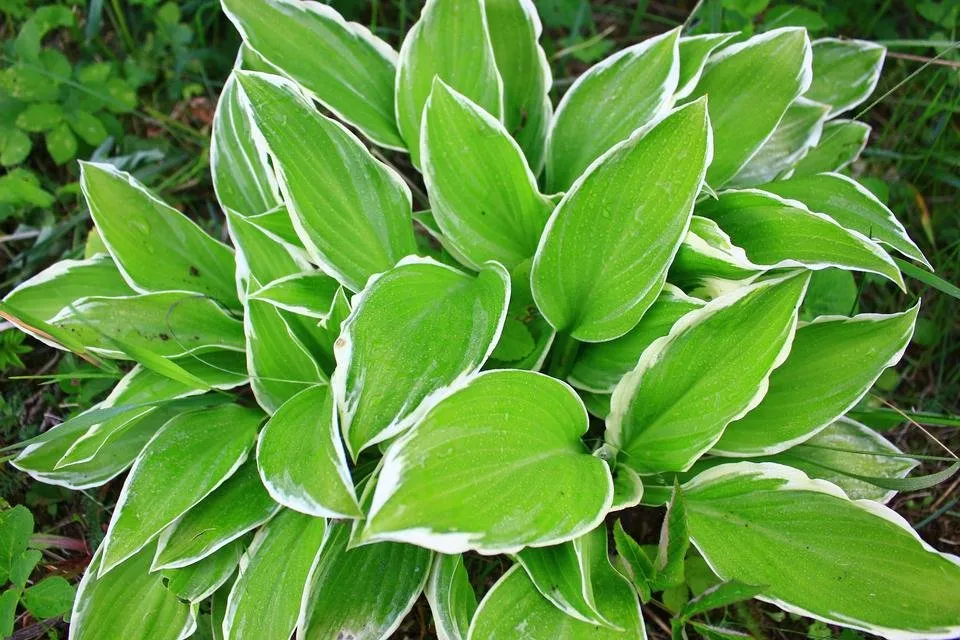Hosta, belongs to the family of Asparagus, although it previously belonged to the species Liliaceae. According to various sources, the genus Hosta has from 40 to 70 species interbreeding.
Homeland Hosts - East Asia (Japan, China, Korea), it also meets on Sakhalin and the Kuril Islands. In nature, Hosta can grow in a variety of places: on mountain slopes, along river banks, on forest edges near streams, sometimes even on sand dunes or swampy areas.

For the beauty of the leaves, compactness of the bush and unpretentiousness The host is very fond of the Japanese. In Japan, the host is planted in flowerpots and decorates their temples. It was from Japan that the host was brought to Europe in the late 18th century.
Hosta received its name in honor of the Austrian physician and botanist N. Host, and the name Funkia - on behalf of the German pharmacist H. G. Funk.
For a long time the host was only in the collections of botanical gardens, and only in the early 70s of the last century professional arrangers and landscape designers paid attention to it. Since then, these beautiful plants have gained national love.

Our time Hosta is very popular, in the register of the American Society of Amateurs Host more than 4000 varieties of hosts are registered.
Photos are original and made by Canon EOS 550D.
Another post about this beautiful plant:
https://steemit.com/busy/@vodesova/garden-flowers-another-post-about-the-beautiful